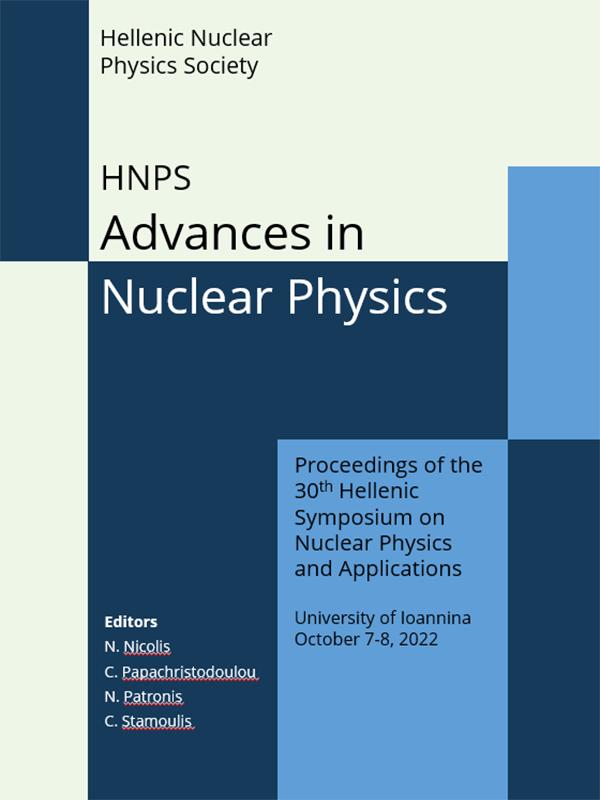Surveillance of the seashore using the KATERINA II geo-referenced detection system

Abstract
In this work, the design and initial demonstration of the KATERINA II detection system for rapid mapping of radionuclides in areas near to seashore is presented. A new development has been realized by integrating a GPS module in KATERINA II detection system and synchronizing its data with the acquired spectra in real-time. The new system may be used in a backpack, for areas with low activity concentration, or can be installed in an unmanned vehicle, for observing and mapping the source(s) of radioactivity, e.g. at the seashore, in areas with high contamination. A quantitative solution is provided for natural and artificial radionuclides, taking into account the characteristics of the detector, the parameters of measurement geometry and a mean beach sand/sediment composition. This paper reports field results for site characterization issues through automated analysis of gamma-ray spectra including low-level and low-energy γ-emitters. Perspectives of the future application of the system in a worldwide basis are related to radionuclides mapping and the assessment of dose rates in seashore areas that may be contaminated due to the operation of nuclear power plants, desalination plants and NORM industries, and/or due to the decommissioning of nuclear installations.
Article Details
- How to Cite
-
Tsabaris, C., Patiris, D., Maramathas, C., Androulakaki, E., Eleftheriou, G., Pappa, F., & Alexakis, S. (2023). Surveillance of the seashore using the KATERINA II geo-referenced detection system. HNPS Advances in Nuclear Physics, 29, 137–143. https://doi.org/10.12681/hnpsanp.2473
- Issue
- Vol. 29 (2023): HNPS2022
- Section
- Oral contributions

This work is licensed under a Creative Commons Attribution-NonCommercial-NoDerivatives 4.0 International License.





